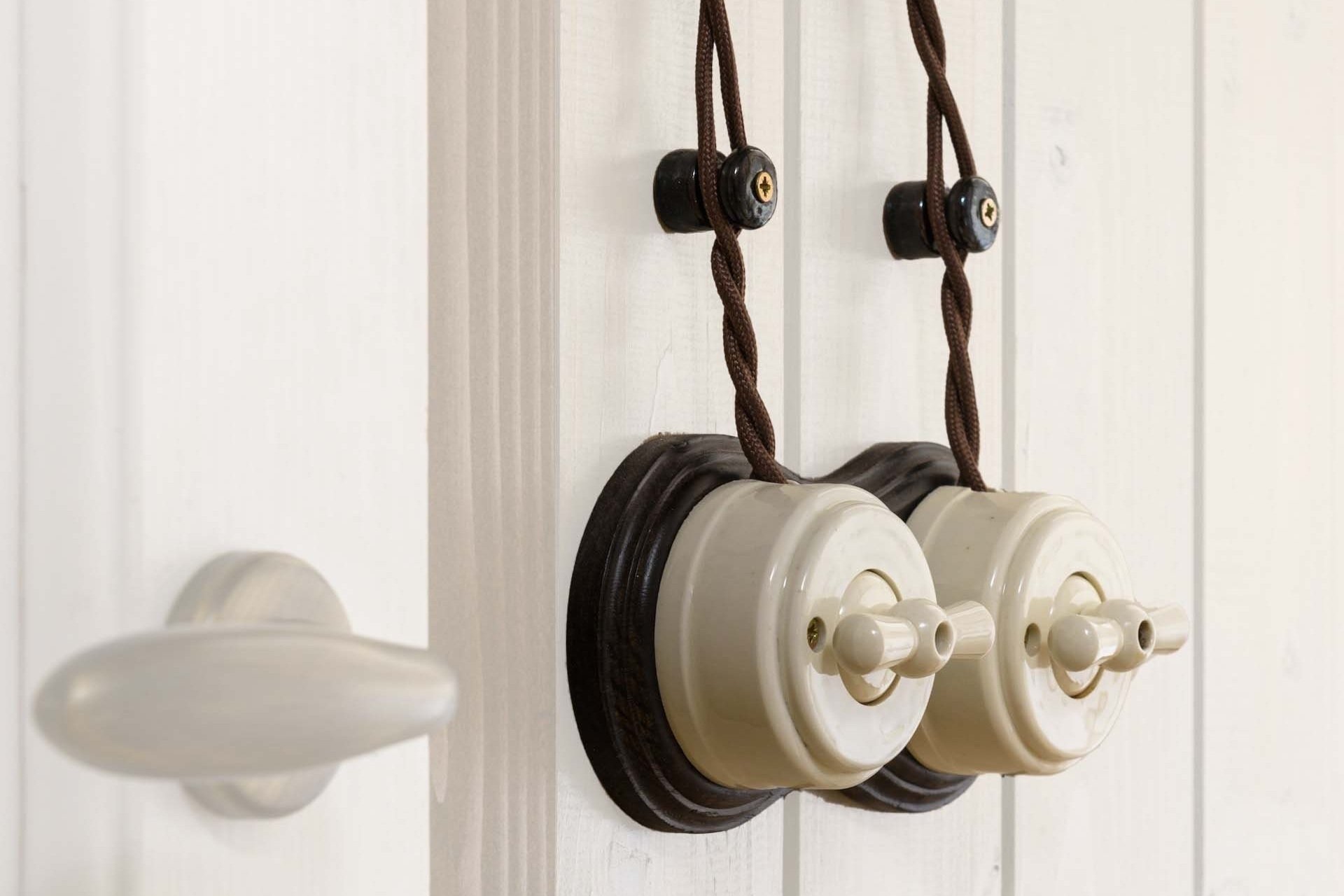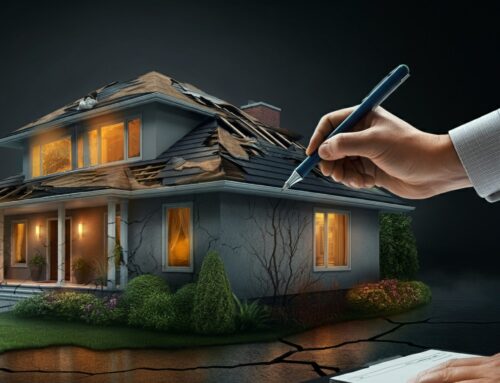Beyond the Curb Appeal: Examining a Home’s Key Features Before You Buy

When most aspiring homeowners tour open homes, they tend to focus on the functional and the aesthetics features of the home, such as layout, curb appeal, decor, etc. It is understandable as aspiring homeowners want to understand how those features will impact their daily living experience in the home. Is the home right for them and their family? More importantly, will the home make them feel safe and happy? Specifically, aspiring homeowners at a bare minimum should consider the following key attributes of a home.
What Are the Key Features of a Home to Examine?
| Features | What to look for? |
|---|---|
| Layout | Consider whether the layout of the home suits your needs and lifestyle. Is there enough space for your family? Is the flow of the home conducive to your daily activities? |
| Kitchen | The kitchen is often considered the heart of the home. Is this where your family will hangout together most often? Is there enough space and storage? |
| Bathrooms | Are they clean, updated and functional? How is the water pressure? Is there sufficient ventilation? |
| Natural Light | Check for natural light in each room. Are the windows large enough to let in ample light, and are they positioned to take advantage of the sun’s path? Are they single or double-paned? |
| Storage Space | Look at the available storage space, such as closets, cabinets, and pantries. Is there enough space to store your belongings? |
| Yard | If the property has a yard, what is the condition? Is it well-maintained, and does it offer the outdoor space you desire, especially if you have pets? |
| Neighborhood | Take a walk around the neighborhood to get a sense of the area. Consider factors such as safety, noise levels, proximity to amenities, and overall ambiance. Importantly, talk to as many neighbors as possible to get their feedback about living in the neighborhood. |
In addition, staging is designed to make a home look its best, and some amount of staging is common practice in the real estate industry. Staging can also hide or distract outdated or worn features, such as old appliances, dated fixtures, or worn flooring. While annoying, outdated and worn features are usually relatively inexpensive to repair and correct. It is important to look beyond the staging and evaluate the home objectively to ensure that it meets your needs and expectations.
Don’t Forget About the Home’s Critical Components
However, aspiring homeowners should also look beyond the aesthetics and functional features of a home. Be sure to examine the mundane, but critical components of a home. In the long run, not focusing on these critical components can negatively impact a home’s resale value and could lead to painful repairs down the line.
A quick way to understand a home’s critical components is to ask for the seller, property or home disclosure from a real estate agent. The disclosure should contain known issues with the home. Laws governing disclosure vary from state to state, with some being more stringent while others more lenient. Therefore, knowing how to evaluate and assess critical components will help verify what is on the disclosure and identify what is not on it, especially if you are considering waiving the inspection contingency.

Example of a knob and tube light switch
What Are the Critical Components of a Home to Examine?
| Components | What to look for? |
|---|---|
| Foundation | Foundation issues are difficult to repair. Identifying them upfront will save tremendous problems down the line. Look for cracks in the foundation. Are the floors uneven? Do doors and windows open or close properly? Uneven floors or stuck windows alone are not a definitive indicator of a foundation problem, but multiple issues may point to problems with the foundation. |
| Roof | A roof in poor condition can lead to leaks, which can cause water damage and mold growth. Mold can be a health hazard and expensive to remediate. Look for signs of damage or wear, such as missing shingles or sagging roofline. |
| Plumbing | Turn on all faucets and showers, and flush the toilets. Is the water pressure good? Check for any leaks or drips that can cause water damage, such as water stains, musty odors or peeling paint. |
| Electrical | Do not hesitate to turn on every light switch in the home. Flickering lights may indicate an issue with the electrical system. Inspect the electric panel to see if it is up to code. Homes from the 1950s and earlier will likely have knob and tube wiring, it is not up to code for modern electrical usage and will likely need to be replaced. It cannot be tied into modern romex wiring, as this is a fire hazard. |
| Heating and Ventilation | The HVAC system is responsible for cooling and heating the home. Make sure the HVAC system works properly. What is the age, condition, and efficiency of the system? |
| Structure | Besides water damage, pests such as termites or rodents can cause damage to a home’s structure and require costly repairs. Look for signs of infestations, such as droppings, chewed wood, or holes in the walls. |
| Insulation | Poor insulation can lead to high energy bills, moisture problems, and even health issues. Check the attic and crawl space for insulation, and ask the seller about the home’s energy efficiency. The seller can provide last year’s energy usage or you can request it from the power company. |
| Environmental Hazards | As a general rule of them, homes that were built before 1978 may have lead paint, lead pipes, and/or asbestos. Ask for a disclosure which should list any known environmental hazards. Include an inspection contingency in the offer and have a professional inspector test the home. |
Knowing what to look for in a home’s critical component may seem daunting. However, there are plenty of videos on YouTube that explain in greater detail what to look for in a home inspection, which can help you get up to speed when touring homes that you are interested in. Lastly, it is expected that older homes will have issues. The question for you is whether those issues need to be addressed or are acceptable. Work with your agent to understand your options, such as canceling the offer or negotiating for repairs, credits or price, and which actions to take.
How Touring Homes with Upwardly Helps?
Lastly, one of the benefits in partnering with Upwardly is that our team of experts are available to tour homes with you to point out any potential issues. The information uncovered in the tour is valuable in determining whether to make an offer or not. If the decision is to proceed with making an offer, then understanding the condition of the home will help to determine a reasonable amount to offer. Furthermore, Upwardly hires professional third party home inspectors to help identify any issues that may have been overlooked. Coupled with an inspection contingency, aspiring homeowners partnering with Upwardly can feel confident in their bid for a home.




